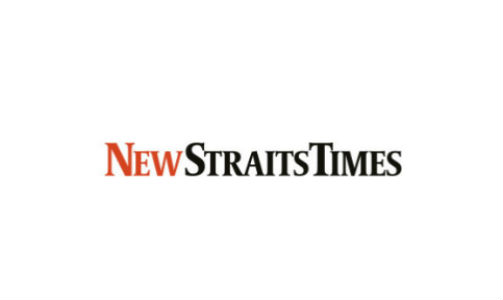More advertisers embracing digital platforms NST, May 23, 2014 The advertising landscape in Malaysia has undergone major transformations over the last few years, with more and more Malaysians having embraced the digital age. The emergence of new digital platforms has paved the way for many industry players, including those in the traditional stream such as newspaper, magazine and radio, to become increasingly imaginative and innovative in reaching out to consumers in the most relevant and engaging manners. Reflecting the advertising industry’s progress was the recently-announced 10th Malaysian Media Awards, one of the most prestigious and significant events of the advertising world, as it witnessed an overall increase in media campaign submissions, especially within the digital categories, which saw a nearly 25 per cent increase. “The advertising landscape in Malaysia is very encouraging, growing between five and six per cent on average year-on-year. “Among all, digital advertising is developing at the greatest pace, of between 25 and 35 per cent year-on-year, followed by pay TV, which has a 55 per cent market share. “At the same time, individual players in print and radio have been experiencing healthy year-on-year growth as well, making this one of the most exciting and dynamic industries in Malaysia,” said Girish Menon, president of Media Specialists Association. “Within digital media, we have seen a 40 per cent increase in submissions for performance marketing, which includes all forms of real-time didding platforms such as Search, Facebook Exchange, Google Display Network and YouTube, as well as online targeting, where consumers are shown advertisements based on their online behaviour and areas of interest,” he added. The industry has also seen a massive 65 per cent increase in the social media category. In the Best Use of Integrated Media category (which requires a minimum of three different media platforms to be used), virtually every one of the 55 entries has a strong digital component. In earlier years, some campaigns either had a small digital component or did not have one at all, he said. |